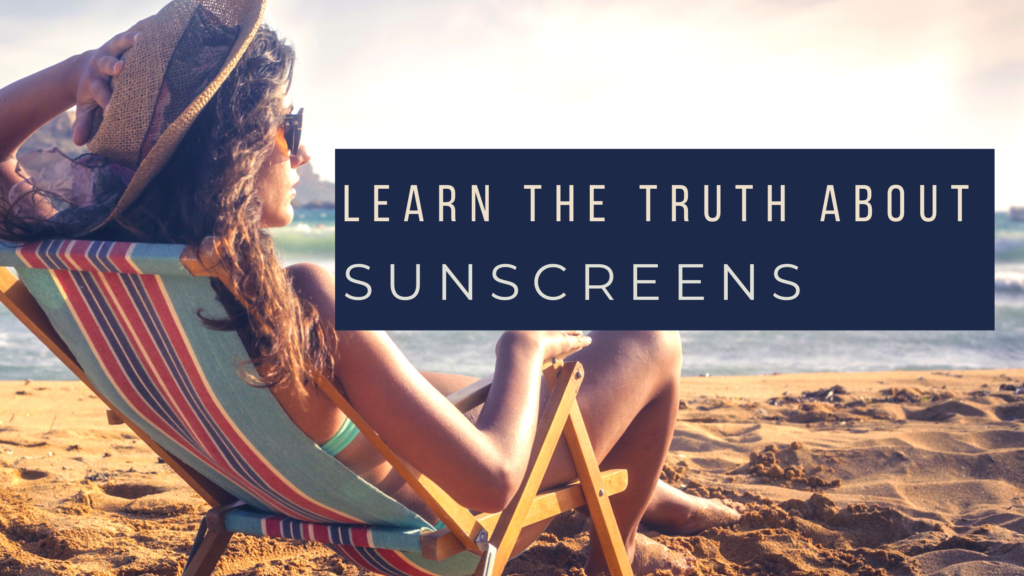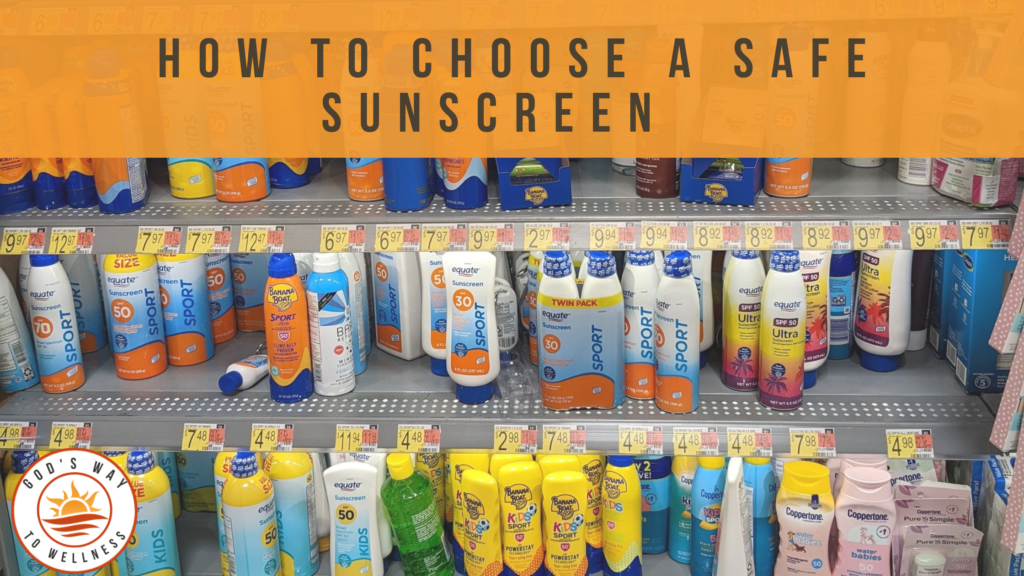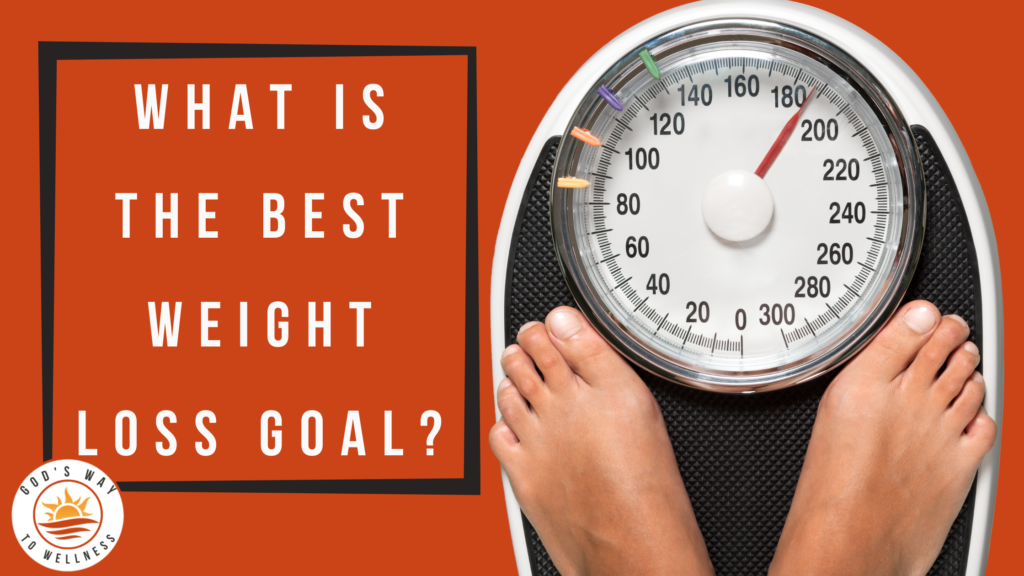Your skin is the second largest organ of your body. Do you want to smear chemicals on your skin that you cannot pronounce or spell? No, not me either.
Using sunscreen is recommended, since skin cancer is the most common type of cancer in the U.S. However, the availability of a sunscreen product does not guarantee its safety.
There are two kinds of active ingredients in sunscreens—physical and chemical. Physical sunscreens use the minerals zinc oxide and titanium dioxide to block UV rays. Chemical sunscreens use UV blocking chemicals and stabilizers.
Studies show we absorb chemical sunscreen ingredients from the skin into the body with just one use. Many ingredients lack scientific data but others report disruption of reproductive and thyroid hormones and allergic reactions. Before you buy, learn the truth about sunscreens.
Read the labels
Look at this infographic for excellent information on reading labels to learn the truth about sunscreens.
Ingredients
The FDA recognizes only two mineral ingredients, zinc oxide, and titanium dioxide, as GRASE (generally recognized as safe).
Many products containing zinc oxide and titanium dioxide are available. Enhancements to these products improved the ease of use and appearance. Sunscreen products labeled for use on children often contain these ingredients.
In 2019, the FDA proposed twelve other active ingredients commonly found in sunscreens need additional data from safety and efficacy tests (including the most common chemical ingredients—oxybenzone, octinoxate, homosalate, octisalate, octocrylene, and avobenzone).
Four studies published in 2020, after the FDA proposal, support previous findings that oxybenzone can act as an endocrine disruptor and may increase the risk of breast cancer and endometriosis.
Here is an example of a misleading label. The front label on CVS Sport 30 SPF Clear Sunscreen Spray states “oxybenzone and octinoxate free.” So, you might think this is a safe product. But read the back label and see these other chemical ingredients—avobenzone 2%, homosalate 7%, and octocrylene 5%.
Broad spectrum
There are two types of ultraviolet light in sunlight. Ultraviolet A (UVA) is associated with skin aging. Ultraviolet B (UVB) causes sunburn. Both can cause skin cancer.
Broad spectrum means the product protects against both UVA and UVB. However, not all sunscreens protect from exposure to both UVA and UVB, so you must read the label to verify it has broad spectrum protection.
SPF
What does SPF mean? The SPF, or sun protection factor, measures how long the sun’s UV radiation would take to redden your skin when using the product as directed versus the time with no sunscreen. However, as the SPF increases, the protection against UVA decreases.
You would think that an SPF of 100 gives twice as much protection as an SPF of 50, but that is not true. The increased chemicals in higher SPF products create more health risks.
In addition, SPF values are not necessarily meaningful. The methods used to determine the SPF value are imprecise. A high SPF value may give you a false sense of security to stay in the sun longer.
When used correctly, sunscreen with SPF values between 30 and 50 offer adequate sunburn protection, even for people most sensitive to sunburn. The Environmental Working Group recommends not using an SPF over 50.
Consider alternatives to sunscreen
Instead of using sunscreen, follow these tips for safe sunning.
- Find shade either under trees or make your own by using an umbrella.
- Cover up with clothing.
- Always wear sunglasses and a wide-brimmed hat.
- Plan around the sun by spending time in the sun in the early morning and late afternoon hours when the sun is not as intense.
Watch for a future post to find out how eating fruits and vegetables may protect your skin from the sun!
Summary of the truth about sunscreens
- Read the label and look for these ingredients—zinc oxide or titanium dioxide.
- Avoid chemical sunscreens, especially those containing oxybenzone and octinoxate.
- Verify broad-spectrum protection from both UVA and UVB.
- Avoid sprays, powders and added insect repellent. Sprays may cause lung damage because of inhalation into the respiratory system.
- SPF values between 30 and 50 offer adequate sunburn protection, even for people most sensitive to sunburn. The EWG found a higher SPF is not beneficial and may lead to a false sense of security to spend longer in the sun.
Consult the Environmental Working Group Guide to Sunscreens for their sunscreen safety tips and recommended products.



